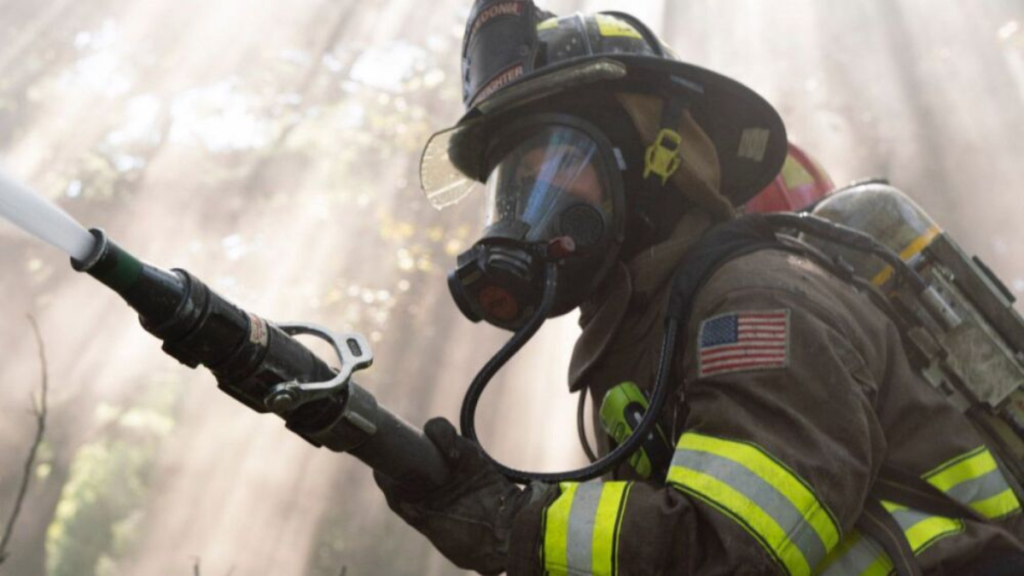Fire safety equipment comes in handy when one is in urgent need of it, and it’s in this instance where a firefighter radio strap comes in. This indispensable piece of equipment is worn around the upper torso, supplying first responders with a means to communicate whilst carrying out other tasks with their hands. However, the narrow band of the radio strap needing constant adjustment may lead to a useless piece of equipment. Therefore, to avoid radio strap movement while in use, the strap has to be the right width; otherwise, damage to the gadget may cost a great deal anytime the strap shifts from its proper position.
Understanding the Importance of Proper Fit
A firefighter radio strap’s primary role is easy access – quickly fetching the radio at need, whilst securely holding it in place suffices as its secondary function. A well-fitted strap would also address the issue of battle fatigue, as the weight would be more evenly distributed across the torso to minimize the burden on the neck and shoulders. It makes sure the radio is always within arm’s reach, regardless of the situation, which means developing muscle memory and visibility training becomes much easier, and in emergency scenarios, every second matters.
Achieving the Optimal Strap Length
Begin by adjusting your firefighter radio strap to the appropriate length. The ideal position places the radio holster at mid-torso level, typically just below the ribs but above the hip. This placement allows for easy access while preventing the radio from hitting your leg during movement.
To adjust properly:
- Start with the strap at its longest setting
- Place the strap over your head and one shoulder
- Position the holster attachment point at your preferred height
- Adjust the strap length until the radio sits comfortably at mid-torso
- Ensure you can easily reach the radio with either hand
Remember that your adjustment needs may change depending on your gear configuration. The strap should be slightly looser when worn over turnout gear compared to station wear.
Positioning the Shoulder Pad for Comfort
Modern tactical nylon firefighter radio straps often include padded shoulder sections. Proper positioning of this pad significantly improves comfort during extended wear. The pad should rest on the crest of your shoulder, distributing weight across the broadest area possible.
If your strap includes an adjustable shoulder pad, position it so the thickest part sits directly on your shoulder rather than sliding toward your neck or arm. This placement prevents the strap from digging into your shoulder or neck during movement and reduces fatigue during long shifts.
Securing the Anti-Sway Strap
Many quality firefighter radio straps include an anti-sway feature—typically a smaller strap that connects the main strap to the holster. This seemingly minor component plays a major role in stabilizing the radio during active movement.
To properly adjust the anti-sway strap:
- Connect it after the main strap is properly positioned
- Adjust it tight enough to prevent excessive radio movement
- Ensure it doesn’t pull the holster into an uncomfortable position
- Check that the radio remains accessible with the anti-sway strap engaged
This secondary connection helps maintain radio position during running, climbing, or other vigorous activities common in emergency response.
Regular Inspection and Maintenance
For any public safety professional who wears a radio fireman’s shoulder strap made of tactical nylon, it is essential to have it inspected at intervals and adjusted. After significant events or periodically depending on how frequently the straps are used, ensure to cross-check the fasteners, straps, and the general integrity of your radio strap. Basic upkeep like that will minimize potential risks while making sure that your communications gear remains ready for use.

